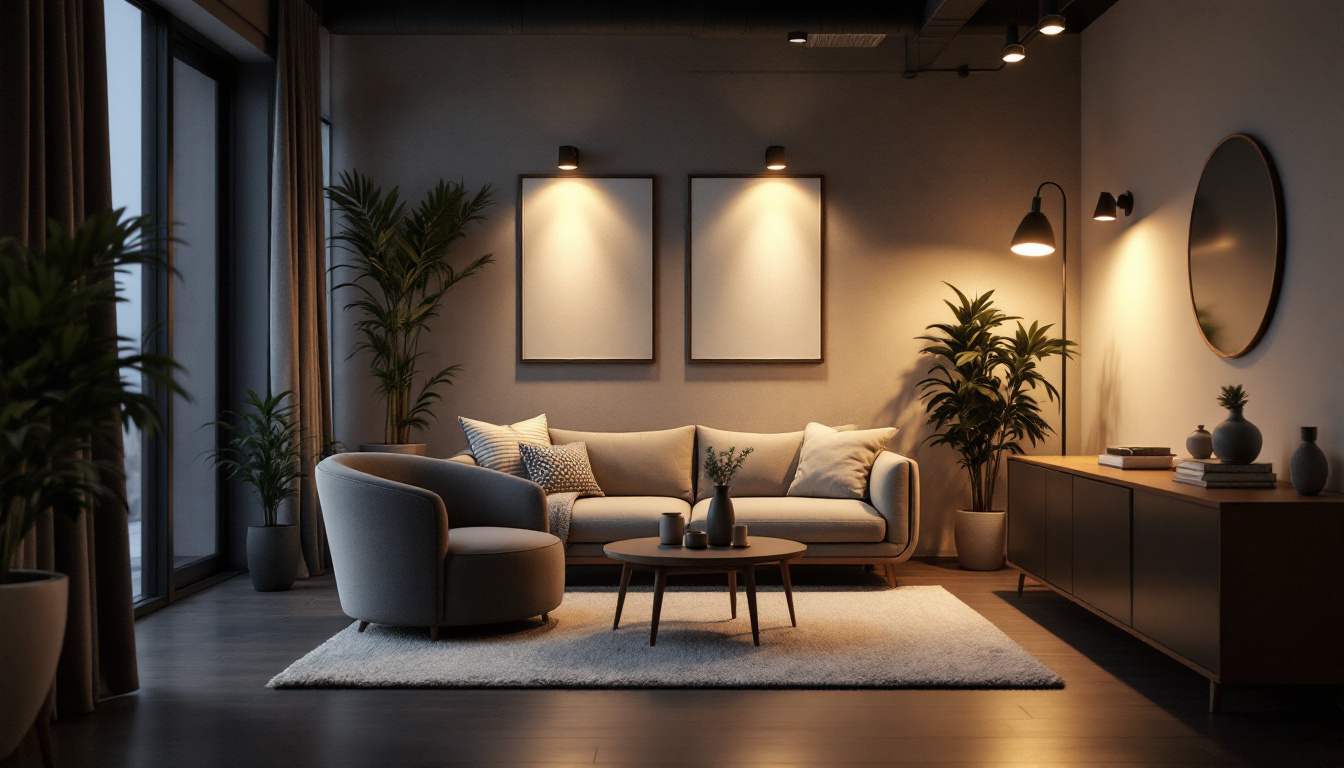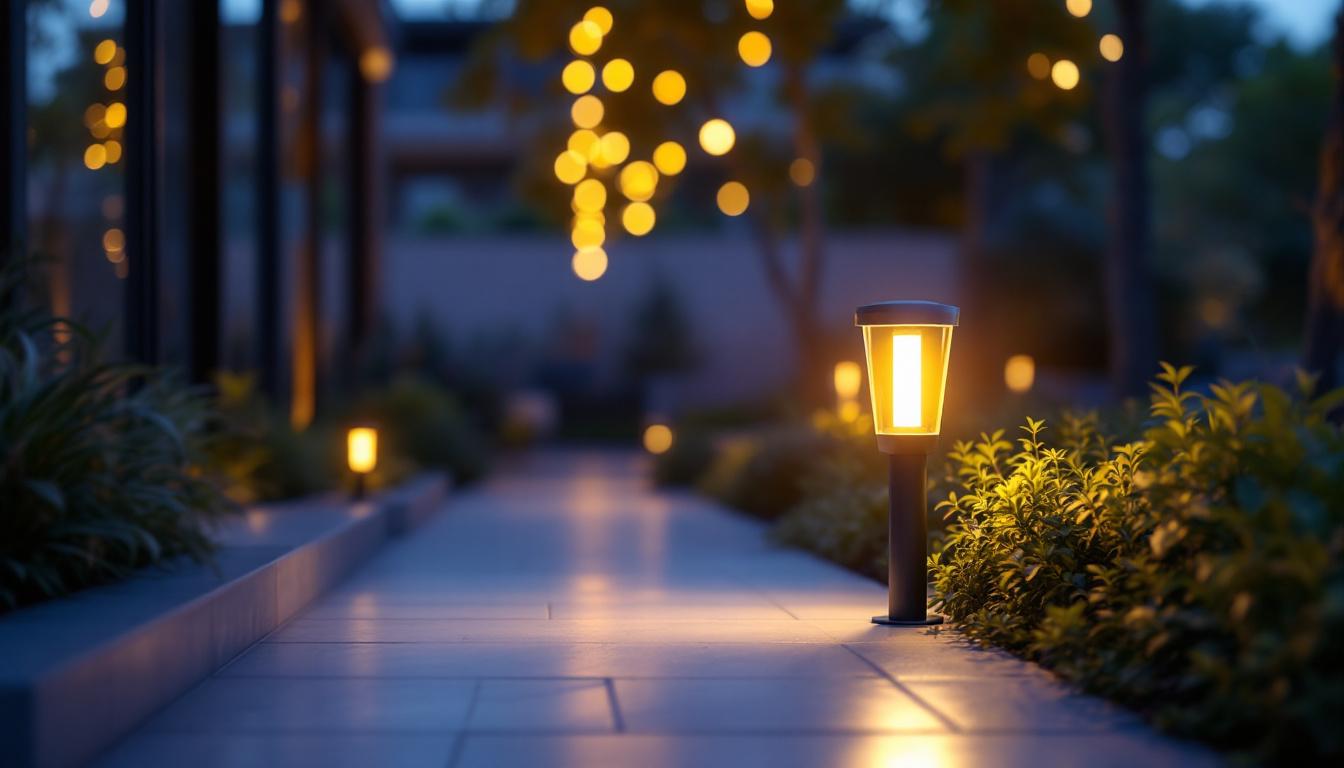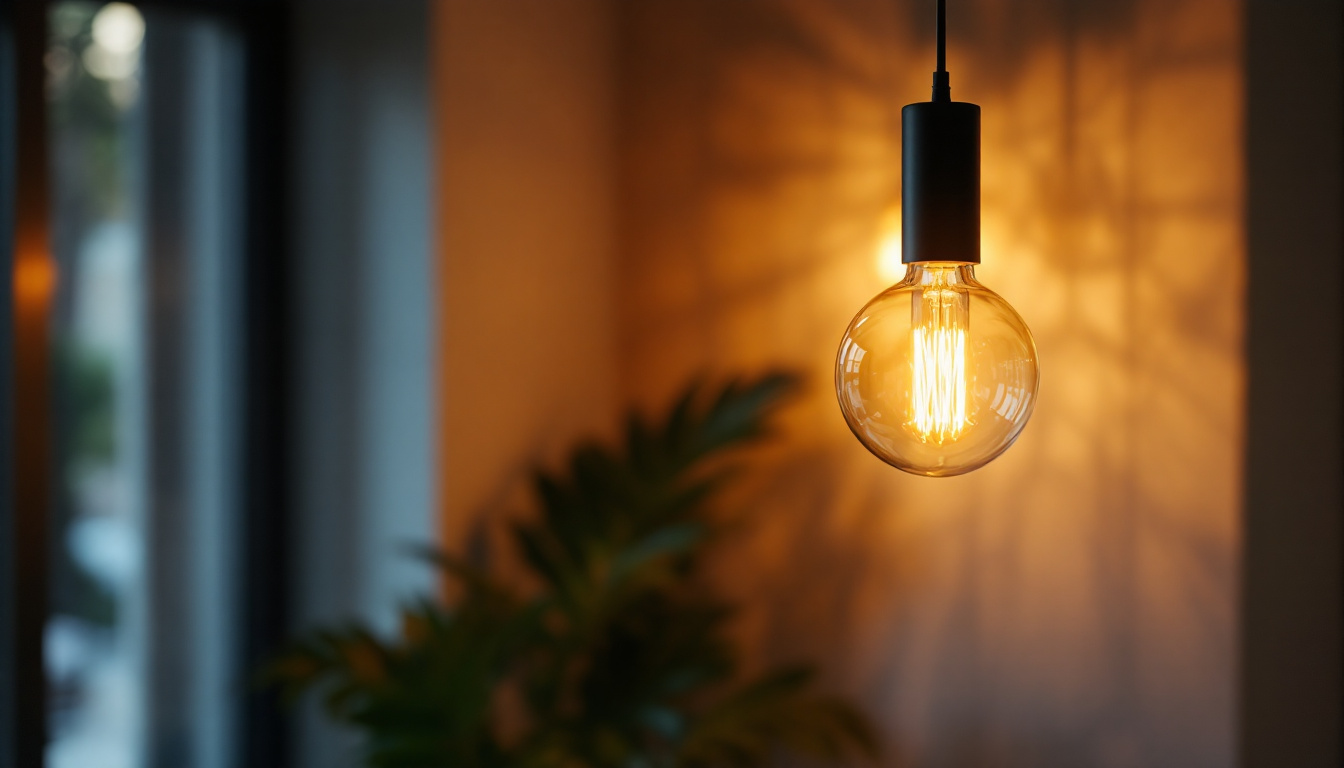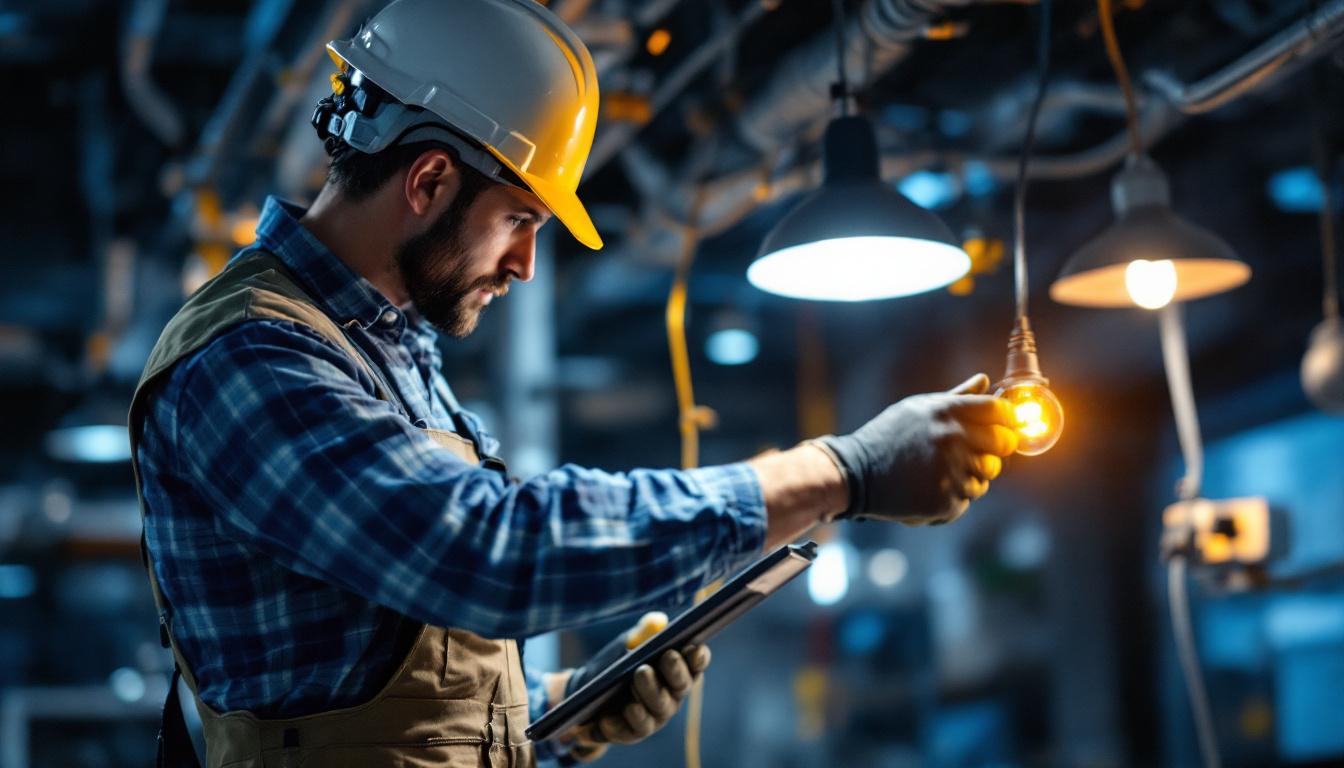
In the realm of modern lighting solutions, low profile can lights have emerged as a popular choice among contractors and homeowners alike. These fixtures, known for their sleek design and versatility, are ideal for various applications, from residential to commercial spaces. This article delves into the intricacies of low profile can lights, providing essential insights for lighting contractors looking to enhance their expertise and service offerings.
Low profile can lights, also referred to as recessed lighting or slim can lights, are designed to fit snugly into ceilings, providing a clean and unobtrusive lighting solution. Unlike traditional can lights, which can be bulky and require more space, low profile options are designed for tight spaces, making them an excellent choice for areas with limited ceiling height.
The design of low profile can lights is one of their most significant advantages. Their unobtrusive nature allows them to blend seamlessly into the ceiling, creating a minimalist look that is highly sought after in contemporary interior design. This aesthetic appeal is particularly beneficial in spaces where maintaining an open and airy feel is essential.
Moreover, low profile can lights come in various styles and finishes, allowing contractors to offer clients a range of options that suit their specific design preferences. Whether it’s a sleek matte finish or a polished chrome look, these fixtures can enhance the overall ambiance of a room. The ability to customize the lighting not only adds to the visual appeal but also allows homeowners to express their personal style through lighting choices. Furthermore, many manufacturers now offer smart low profile can lights that can be controlled via smartphone apps, enabling users to adjust brightness and color temperature to create the perfect mood for any occasion.
Low profile can lights are not just about looks; they are also highly functional. They can be used for general lighting, task lighting, or accent lighting, depending on the needs of the space. For example, in kitchens, they can provide bright, even illumination over work areas, while in living rooms, they can create a warm and inviting atmosphere.
Additionally, these fixtures are suitable for various applications, including residential homes, offices, retail spaces, and even outdoor settings. Their versatility makes them a go-to choice for lighting contractors looking to meet diverse client needs. In commercial settings, low profile can lights can be strategically placed to highlight merchandise in retail displays or to create a focused work environment in office spaces. With the advent of energy-efficient LED technology, these lights not only provide excellent illumination but also help reduce energy costs, making them an environmentally friendly option. As energy efficiency becomes increasingly important, the integration of low profile can lights into sustainable building practices is gaining traction, further solidifying their place in modern design and architecture.
When it comes to installing low profile can lights, several factors must be considered to ensure a successful project. Proper installation not only enhances the functionality of the lighting but also ensures safety and compliance with building codes.
One of the primary considerations when installing low profile can lights is the available space. These fixtures are designed for ceilings with limited height, but it’s crucial to assess the specific requirements of the installation area. Ensuring that there is enough clearance for the fixture and any associated wiring is vital to prevent issues down the line.
Contractors should also consider the layout of the space. Proper spacing between fixtures can help achieve even lighting and avoid dark spots. A common rule of thumb is to space the lights approximately 4 to 6 feet apart, depending on the wattage and beam angle of the bulbs used. Furthermore, it’s beneficial to take into account the color of the walls and furnishings in the room, as lighter colors will reflect more light, potentially allowing for wider spacing between fixtures. This can lead to both cost savings and a more aesthetically pleasing environment.
Low profile can lights typically require specific electrical setups, and understanding these requirements is essential for a successful installation. Most models operate on standard voltage, but it’s crucial to check the specifications of the chosen fixtures. Additionally, ensuring that the electrical circuit can handle the load is vital to prevent tripping breakers or overheating.
Contractors should also be aware of the importance of using compatible dimmers if clients desire adjustable lighting. Not all dimmers work with LED fixtures, so selecting the right dimming solution is crucial for achieving the desired effect. Moreover, incorporating smart lighting controls can enhance the functionality of low profile can lights, allowing users to adjust brightness and color temperature through mobile apps or voice commands. This modern approach not only adds convenience but also promotes energy efficiency, as users can tailor their lighting to fit their specific needs at any given time.
Low profile can lights come in various types, each designed to serve specific purposes. Understanding these types can help contractors recommend the best options to their clients, ensuring satisfaction and optimal performance.
LED low profile can lights have gained immense popularity due to their energy efficiency and longevity. Unlike traditional incandescent bulbs, LED options consume significantly less energy, making them an eco-friendly choice that can reduce electricity bills for clients.
Moreover, LED fixtures often come with a longer lifespan, reducing the frequency of replacements and maintenance. This longevity is a significant selling point for contractors, as it appeals to clients looking for low-maintenance lighting solutions.
Some low profile can lights feature adjustable or directional capabilities, allowing for greater flexibility in lighting design. These fixtures can be tilted or rotated to highlight specific areas or objects, making them ideal for accent lighting in galleries, showrooms, or living spaces.
By incorporating adjustable can lights into a project, contractors can offer clients the ability to customize their lighting experience, enhancing the overall functionality of the space.
As smart home technology continues to evolve, smart low profile can lights have become increasingly popular. These fixtures can be controlled via smartphone apps or voice-activated devices, providing users with convenient options to adjust brightness, color temperature, and even set schedules.
Integrating smart lighting solutions into a client’s home can significantly enhance their experience, making it a valuable offering for contractors. Understanding the installation and compatibility of these systems is crucial for ensuring a seamless integration.
Low profile can lights offer a plethora of benefits, making them a preferred choice for both contractors and clients. Understanding these advantages can help contractors effectively communicate the value of these fixtures to potential customers.
One of the most significant advantages of low profile can lights is their space-saving design. In areas with low ceilings or limited overhead space, these fixtures provide an effective lighting solution without compromising headroom. This feature is particularly beneficial in urban settings where space is at a premium.
Additionally, their slim profile allows for creative lighting designs that traditional fixtures may not accommodate, enabling contractors to explore innovative layouts that enhance the overall aesthetic of a space.
Energy efficiency is a primary concern for many clients, and low profile can lights, particularly LED options, excel in this regard. By consuming less energy while providing ample illumination, these fixtures can significantly reduce energy costs over time.
Contractors can highlight the long-term savings associated with energy-efficient lighting solutions, making them an attractive option for environmentally conscious clients. This focus on sustainability can also enhance a contractor’s reputation as a forward-thinking professional in the industry.
While low profile can lights offer numerous benefits, contractors may encounter challenges during installation and maintenance. Understanding these challenges and their solutions can help ensure a smooth process and client satisfaction.
One challenge associated with low profile can lights, particularly LED versions, is heat dissipation. Although LEDs generate less heat than traditional bulbs, they still require proper ventilation to prevent overheating. Inadequate heat dissipation can lead to reduced lifespan and performance issues.
To address this challenge, contractors should ensure that the fixtures are installed in well-ventilated areas and that any necessary heat sinks are utilized. Additionally, educating clients about the importance of proper installation can help prevent future issues.
Another challenge contractors may face is ensuring compatibility with existing electrical systems, especially when retrofitting low profile can lights into older homes. In some cases, outdated wiring or incompatible dimmers may pose issues during installation.
To mitigate this challenge, contractors should conduct thorough assessments of the existing electrical systems before installation. Providing clients with options for upgrading their systems can also enhance the overall lighting experience and ensure optimal performance.
Low profile can lights represent a versatile and stylish lighting solution that can meet the diverse needs of clients across various settings. By understanding the intricacies of these fixtures, including their design, installation considerations, types, benefits, and potential challenges, lighting contractors can enhance their service offerings and provide exceptional value to their clients.
As the demand for modern and efficient lighting solutions continues to grow, staying informed about the latest trends and technologies in low profile can lights will position contractors as industry leaders. By embracing these advancements and effectively communicating their benefits to clients, contractors can ensure successful projects and satisfied customers.
In an ever-evolving industry, the ability to adapt and innovate is key. Low profile can lights not only meet the aesthetic and functional needs of today’s spaces but also pave the way for a more sustainable and efficient future in lighting design.
Ready to elevate your lighting projects with the sleek and efficient low profile can lights? Look no further than LumenWholesale, where we provide contractors with the highest quality, spec-grade lighting products at the most competitive wholesale prices. Say goodbye to local distributor markups and hello to a vast selection of reliable lighting solutions that meet the strictest industry standards. With LumenWholesale, bulk buying is a breeze, thanks to our free shipping policy, ensuring you get the premium lighting you need at the best value — all without hidden fees or compromises. Discover the ideal combination of quality, affordability, and convenience. Wholesale Lighting at the Best Value is just a click away.

Discover the essential role outdoor light lamps play in enhancing safety, aesthetics, and energy efficiency in lighting installations.

Discover essential tips and common pitfalls for lighting contractors working with Eti Solid State Lighting Inc.

Explore how modern hanging lights are transforming the lighting industry by boosting profitability through innovative designs and energy efficiency.

Discover the crucial role of ballast in lighting systems with our comprehensive guide for contractors.